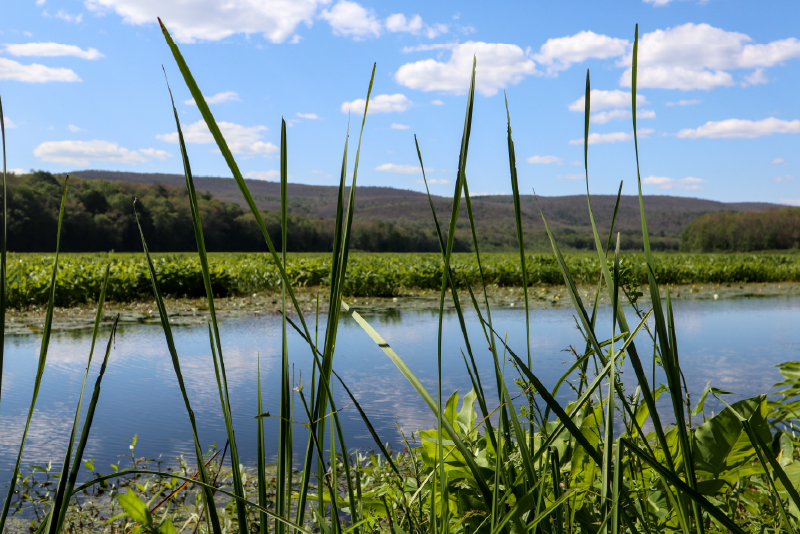
Property Owners and Developers Need to Understand New York’s Revised Wetlands Regulations
The New York State Department of Environmental Conservation (DEC) recently enacted significant changes to its freshwater wetlands regulations. These updates demand immediate attention from owners, developers and site contractors. The changes became effective January 1, 2025.
Prior to these revisions, those seeking to ascertain whether development plans might be impacted by the presence of DEC jurisdictional wetlands could start with existing DEC wetland maps, which provided a degree of predictability for property assessments. The new Article 24 regulations fundamentally alter this approach, shifting to a more granular, parcel-specific review process.
The days of planning based on analysis of the wetland mapper database are over. Every property now requires an individualized jurisdictional determination from DEC, a mandatory initial step in the process that can impact project timelines and associated costs. DEC is required to respond to requests for a jurisdictional determination within 90 days, after which it has limited time to assert jurisdiction, which can result in a waiver of the State’s right to assert jurisdiction at all. Developers now must factor this new procedural hurdle into their project schedules from the outset.
If a letter of positive jurisdiction is issued by DEC, which is now based on an initial desktop-only review by DEC, owners and developers must then schedule an actual wetland delineation site visit with DEC, a next step that creates further delay.
One of the most impactful changes is the expanded reach of the new regulations. DEC estimates that an additional one million acres of freshwater wetlands across the state will now fall under its jurisdiction. This substantial increase includes newly defined “Wetlands of Unusual Importance,” which are now regulated regardless of their size if they meet any of eleven specific criteria. For instance, wetlands in urban areas, those harboring rare plant or animal habitats, or those designated within FEMA floodways, are now subject to state oversight irrespective of their acreage. Learn more about how NYSDEC defines these wetlands here.
Furthermore, the previously established standard 100-foot buffer adjacent to regulated wetlands can now be enlarged. For nutrient-poor wetlands and productive vernal pools, this regulated buffer may be significantly larger, potentially further limiting developable land. Looking ahead to January 1, 2028, the default size threshold for a state-regulated wetland will decrease from 12.4 acres to 7.4 acres, further expanding the scope of new york state regulated freshwater wetlands. This phased implementation underscores the need for continuous vigilance and proactive planning.
These changes present both challenges and opportunities. The immediate implication is an increase in the complexity of environmental due diligence. Longer approval timelines and higher costs for the permitting process and environmental consulting services are now a reality. The new Article 24 also introduces a layer of complexity for municipalities and government agencies striving to ensure compliance with the State Environmental Quality Review Act (SEQRA), which may lead to bottlenecks in local land use approvals. Understanding these moving parts and new implications is paramount for efficient project execution.
The expanded scope of the new wetland regulations means that what was once considered non-jurisdictional land may now be subject to rigorous environmental review and permitting. This necessitates a proactive approach to property assessment and development planning. Engaging an experienced environmental attorney early in the process is no longer just an option; it’s a strategic imperative. We can help you navigate these complexities, from requesting accurate jurisdictional determinations to developing strategies that minimize delays and optimize your project’s financial viability.
Ultimately, these regulatory shifts reshape the calculus for commercial development in New York. Property owners and developers must adapt their strategies to account for increased regulatory scrutiny, extended timelines, and a broadened definition of protected areas. Proactive engagement with legal and environmental experts is the key to successfully safeguarding your commercial interests. Bleakley Platt & Schmidt’s Environmental Law Practice Group can guide you through this evolving regulatory landscape. Contact Jonathan A. Murphy at (914) 287-6165 or jamurphy@bpslaw.com.